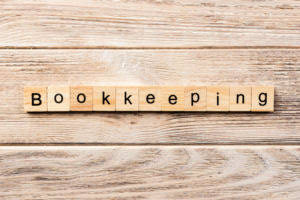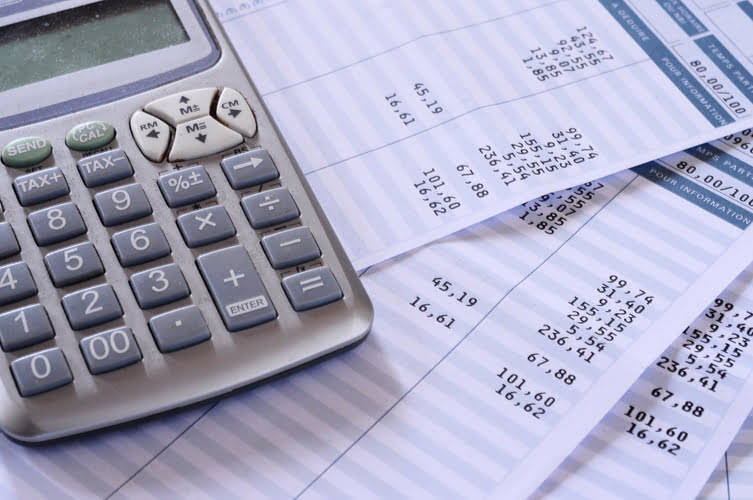Depreciation of Fixed Assets

Well, if you just keep the original value of the equipment in your records without subtracting depreciation, it won’t show the true value of your assets. For example, let’s say a company uses this method for machinery worth ₹20,000. They might charge ₹4,000 in depreciation during the first Interior Design Bookkeeping year, and then a smaller amount the next year.

Bookkeeping Journal Entries for Asset Depreciation, Asset Sale, and Asset Write-off: Your Essential Guide

Therefore, depreciation is recorded as an expense in the income statement to match journal entry for depreciation it with the revenue generated by the asset. There are various methods of calculating depreciation, each with its own set of advantages and disadvantages. The choice of method will depend on the nature of the asset, its expected useful life, and the company’s accounting policies.

Journal Entry for Depreciation with Examples

Capital investments such as vehicles, furniture, and fixtures are also subject to depreciation. However, the useful life of these assets is shorter than that of buildings or machinery. The journal entry for depreciation in capital investments is similar to that of manufacturing, real estate, and technology. Depreciation is an important concept in accounting that refers to the reduction in the value of an asset over time due to wear and tear, obsolescence or other factors. It is a non-cash expense that is recorded in the financial statements of a company to reflect the reduction in the value of its assets.
- The journal entry for depreciation involves debiting the depreciation expense account and crediting the accumulated depreciation account.
- Fixed asset depreciation is charged for an asset with a useful life of over one year usually.
- With the depreciation expense calculated, the journal entry can be recorded.
- It’s also important to understand the difference between depreciation rate and annual depreciation expense.
- Real estate companies also use the straight-line method to depreciate their buildings.
- Capital investments such as vehicles, furniture, and fixtures are also subject to depreciation.
- You’ve chosen the straight-line depreciation method, which spreads the cost evenly over the asset’s useful life.
Emagia has processed over $900B+ in AR across 90 countries in 25 languages.
- According to the matching principle in accounting, expenses should match the revenue they help generate.
- This aligns the financial statements with the actual usage and wear of assets.
- The depreciation method used for tax purposes must be consistent with the method used for financial reporting purposes.
- We simply record the depreciation on debit and accumulated depreciation on credit.
- It’s the same basic idea as with machinery, but now we’re applying it to things you use in your office.
By debiting the depreciation expense and crediting accumulated depreciation, the book value of the asset decreases on the balance sheet. An accelerated depreciation method that expenses a higher amount in the earlier years of the asset’s life. The useful life is the estimated period during which the asset will be used by the business. The depreciation expense calculated using MACRS is reported on Form 4562, Depreciation and Amortization. The form is used to calculate the depreciation expense for each asset and to determine the total depreciation expense for the business.
Depreciation Expense & the Straight-Line Depreciation Method Explained with a Fixed Asset Example & Journal Entries
The word ‘journal’ has been derived from income statement the French word ‘JOUR’ meaning daily records. After preparing the journal book, the transactions are then posted to Ledger. For example, it assumes that the asset depreciates at a constant rate over its useful life, which may not always be the case. Additionally, it does not take into account the time value of money, which means that the depreciation expense may not reflect the actual decrease in the value of the asset over time. A fixed asset write-off is recorded by debiting a Loss on Write-Off account and crediting the respective Fixed Asset account for the book value.

In managing the financials of a business, understanding how to record transactions involving assets is fundamental. This involves tracking depreciation, calculating book value, and acknowledging the sale or disposal of assets. When fully depreciated, the asset’s book value equals its salvage value, and no further depreciation is recorded.
